
The 2018 Science Standards of Learning Curriculum Framework provides a foundation of content knowledge and science and engineering practices that teachers or divisions should use when developing their own curriculum.

The 2018 Science Standards of Learning Curriculum Framework provides a foundation of content knowledge and science and engineering practices that teachers or divisions should use when developing their own curriculum.
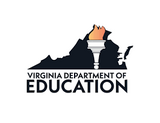
This annotated PowerPoint provide support to teachers and leaders interested in learning about the 5E instrucitonal model.

See computer science integration opportunities in middle school science in this crosswalk of the two disciplines.
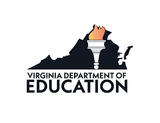
Science Instructional Plans (SIPs) help teachers align instruction with the Science Standards of Learning (SOL) by providing examples of how the content and the scientific and engineering practices found in the SOL and curriculum framework can be presented to students in the classroom.
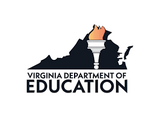
Science Instructional Plans (SIPs) help teachers align instruction with the Science Standards of Learning (SOL) by providing examples of how the content and the scientific and engineering practices found in the SOL and curriculum framework can be presented to students in the classroom.
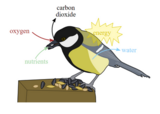
This module specifically focuses on Cellular Respiration, both aerobic and anaerobic. The breakdown of nutrient molecules provides energy to the cell. This energy is stored in specific chemicals that are used to carry out the life functions of the cell (BIO.2 e). This module was developed by Teresa Ballou as part of a Virginia Commonwealth University STEM initiative sponsored by the Virginia Department of Education.
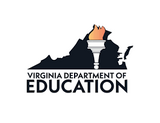
Science Instructional Plans (SIPs) help teachers align instruction with the Science Standards of Learning (SOL) by providing examples of how the content and the scientific and engineering practices found in the SOL and curriculum framework can be presented to students in the classroom.
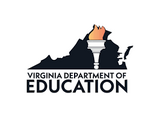
VDOE Anatomy and Physiology Content GuidelinesThese guidelines are intended to become Standards of Learning during the next science revision.
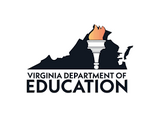
This science instructional plan (SIP)
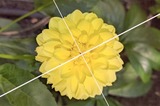
Learn about many ways to combine art and science as we observe the world around us. We often think of scientists as methodical and precise, and artists as free-willed, impulsive creators. But did you know that some art has science packed right into it? And that artists throughout history have helped scientists conduct their work? Learn about the photography of Berenice Abbott who documented the changing New York skyline with photographs of architecture and urban design of the 1930s, and science interpretation in the 1940s to 1960s. Learn how to use the sun to air dry your salt dough creations and explore papier-mâché.
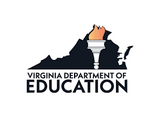
The resource has been developed to support divisions in the development of a balanced assessment plan.
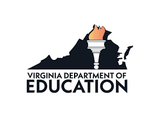
Science Instructional Plans (SIPs) help teachers align instruction with the Science Standards of Learning (SOL) by providing examples of how the content and the scientific and engineering practices found in the SOL and curriculum framework can be presented to students in the classroom.
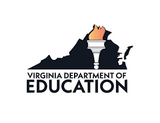
This science instruction plan (SIP) supports the Science of Learning.
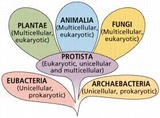
Students will use key features (such as cell type, DNA, and structural similarities) to classify organisms into modern domains . They will also create and read model representations of classification to organize and demonstrate their understanding of evolutionary history. This module was developed by Liz Ashby as part of a Virginia Commonwealth University STEM initiative sponsored by the Virginia Department of Education.
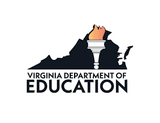
VDOE resource to assist in the tracking of content in biology. This is a resource that divisions or schools may use as needed.

This collection of activities is based on a weekly series of space science problems distributed to thousands of teachers during the 2009-2010 school year. They were intended for students looking for additional challenges in the math and physical science curriculum in grades 9 through 12. The problems were created to be authentic glimpses of modern science and engineering issues, often involving actual research data. The problems were designed to be one-pagers with a Teachers Guide and Answer Key as a second page. This compact form was deemed very popular by participating teachers.
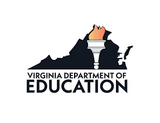
This science instructional plan (SIP) supports the 2018 Science Standards of Learning.
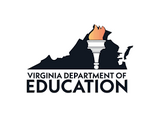
Science Instructional Plans (SIPs) help teachers align instruction with the Science Standards of Learning (SOL) by providing examples of how the content and the scientific and engineering practices found in the SOL and curriculum framework can be presented to students in the classroom.

Science Instructional Plans (SIPs) help teachers align instruction with the Science Standards of Learning (SOL) by providing examples of how the content and the scientific and engineering practices found in the SOL and curriculum framework can be presented to students in the classroom.
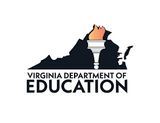
VDOE resource to assist in the tracking of content in chemistry. This is a resource that divisions or schools may use as needed.